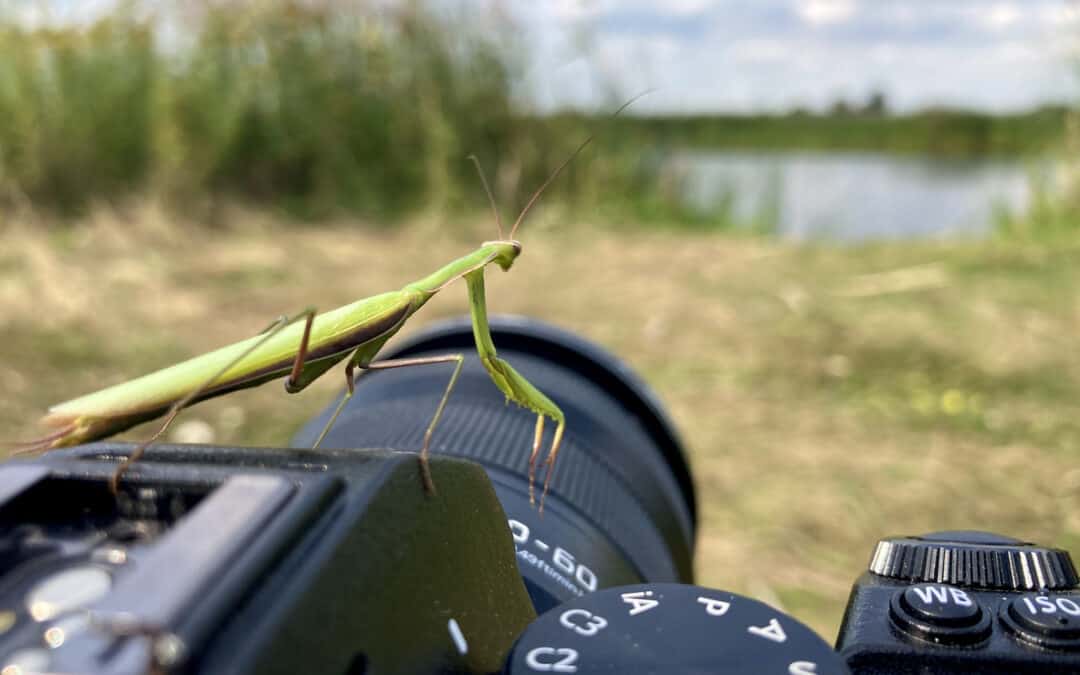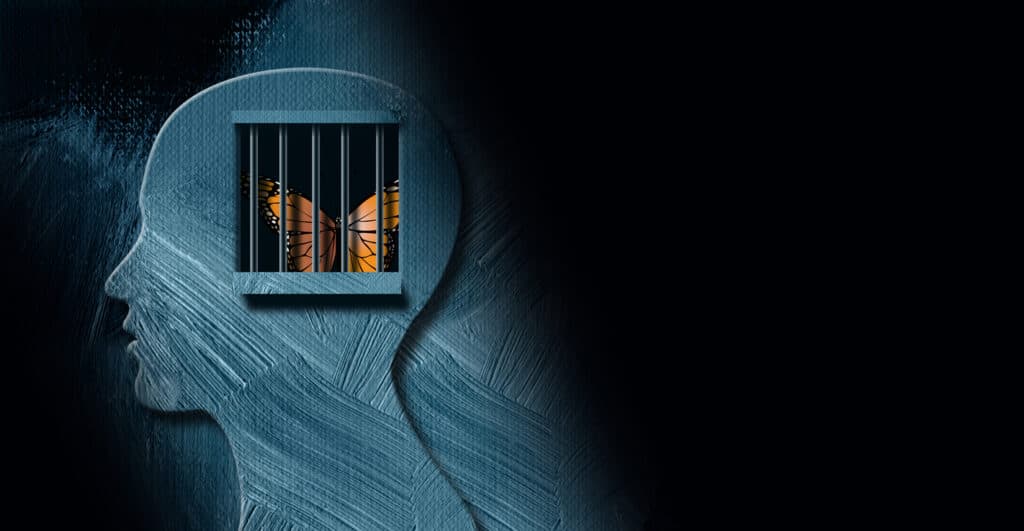Insect References In Movies, Songs, and Art
Insect references are quite common in a variety of movie scripts throughout the history of filmmaking. Some notable Hollywood examples include:
- “The Fly” (1986) – a science fiction horror film about a scientist who accidentally merges his DNA with a fly’s during an experiment gone wrong.
- “A Bug’s Life” (1998) – an animated film about a colony of ants who are enslaved by grasshoppers and must find a way to defeat them.
- “Them!” (1954) – a science fiction film about giant ants that terrorize a small desert town.
- “Mimic” (1997) – a horror film about a scientist who creates a species of giant insects to combat disease-carrying cockroaches, but they become the problem.
- “Arachnophobia” (1990) – a horror-comedy film about a deadly spider species that is accidentally brought to a small town and starts breeding, causing chaos.
These are just a few examples to name, but there are many other movies where insects have been referenced in different aspects.
Insect References That Appear In Movie Scripts
Bugs and insects do appear frequently in movie scripts, often serving as a source of horror, comedy, or metaphor. In horror films, insects and arachnids are often used to create a sense of unease and fear, such as in the films “The Fly” and “Arachnophobia.” In comedy films, insects may be used for comedic effect, such as in the film “A Bug’s Life.” They can also be used as a metaphor to represent larger themes or ideas in films, such as in the film “Mimic” which uses giant insects to comment on the consequences of playing God and the dangers of technology. Additionally, some movies use insects as the main characters, such as animated movies like “A Bug’s Life” and “Antz” which tells the story of the life of ants.
Insect References In Movie Dialogue
Insects are often referenced in movie dialogue as a way to add an extra layer of meaning or symbolism to a scene. They can be used to convey a character’s emotions or state of mind, or to represent something larger in the story.
For example, in the movie “The Silence of the Lambs” the main villain, Dr. Hannibal Lecter, compares himself to a “cicada” in one of his conversations with Clarice Starling, the main character, in reference to the cicada’s ability to blend in and hide in plain sight.
In the movie “The Green Mile” characters often reference the story of an executioner who kills a grasshopper with a single drop of water to illustrate the fragility of life and the power of death.
In the movie “The Shawshank Redemption” when Andy Dufresne escapes from prison, the narrator, Red Redding, describes him as “crawling through five hundred yards of s***-smelling foulness I can’t even imagine, or maybe I just don’t want to. Five hundred yards… that’s the length of five football fields, just shy of half a mile.” this refers to the idea of Andy as a worm, crawling and burrowing his way out of the prison, symbolizing his determination and resilience.
These are just a few examples, but insects and their characteristics are often used in movie dialogue to add a deeper level of meaning to the story and characters.
Insects Referenced In Different Song Genres
Insects have been referenced in songwriting as a way to convey different emotions, themes, or ideas. They can be used to create a sense of unease or fear, as well as to represent something larger in the song.
In the song “Bugs“, written by the 90’s rock band, Pearl Jam, insects are used as a metaphor for the overwhelming feeling of being trapped and consumed by one’s own thoughts.
In the song “A Bug’s Life”, by the alternative rock band, Radiohead, insects are used to represent the theme of conformity and the pressure to conform to societal norms.
In the song “Mosquito Song“, by the rock band, Queens of the Stone Age, insects are used to represent the theme of desire and the idea of being consumed by desire.
These are just a few examples, but insects can be used in a variety of ways in songwriting to create different meanings and convey different emotions.
Insect References Historically Found Within Art
Insects have been depicted in art throughout history, often serving as a source of inspiration for artists. They can be used to create a sense of beauty or wonder, as well as to convey a deeper meaning or message.
In ancient art, insects were often used in decorative patterns and motifs, such as in Egyptian hieroglyphs and Mayan pottery.
In the Middle Ages, insects were depicted in illuminated manuscripts and frescoes, often as symbols of sin or temptation.
In the Renaissance, insects were often depicted in still lifes and natural history illustrations, as artists sought to accurately depict the natural world.
In modern art, insects have been used as a subject matter in a variety of ways. For example, the artist Salvador Dali used ants as a symbol of decay and death in his painting “The Persistence of Memory”, which features melting watches and ants crawling over the watches.
In contemporary art, some artists use insects as a medium of expression, such as the artist Hubert Duprat, who works with caddisflies and creates sculptures, jewelry, and other objects using the silk they produce.
These are just a few examples, but insects have been depicted in art throughout history in a variety of ways, and continue to be used as a source of inspiration for contemporary artists.
Learn more about Insect References within Movies, Music and Art at our page at https://uspest.com/blog/iconic-movies-with-pests/


